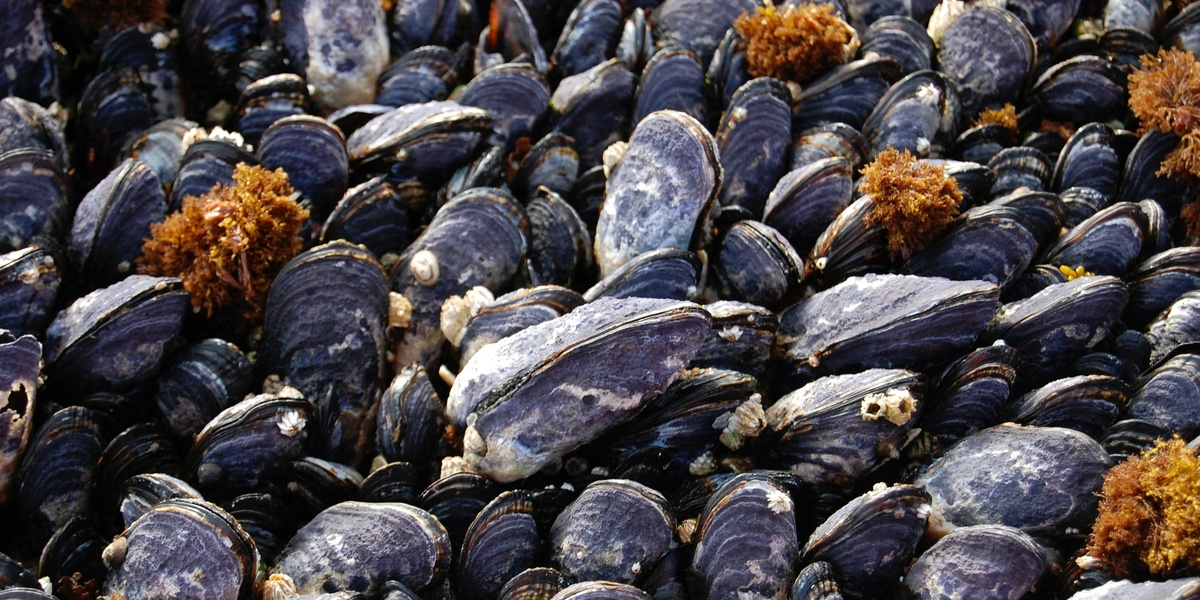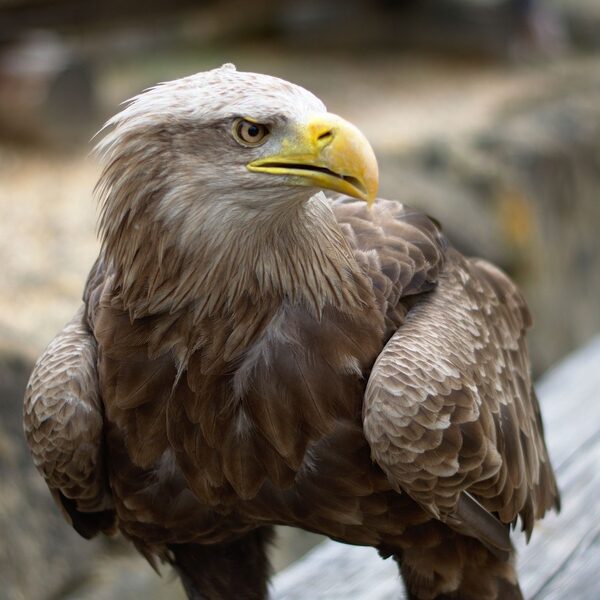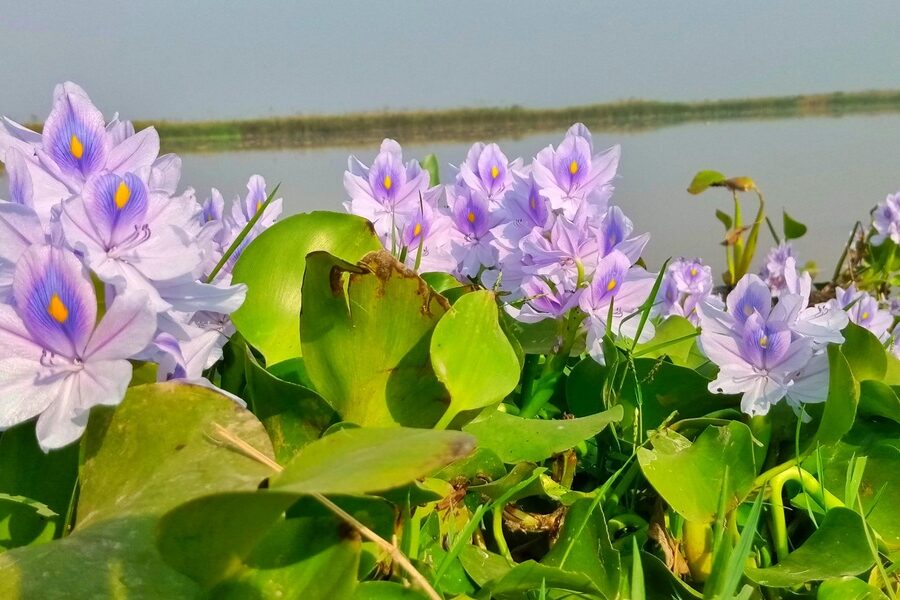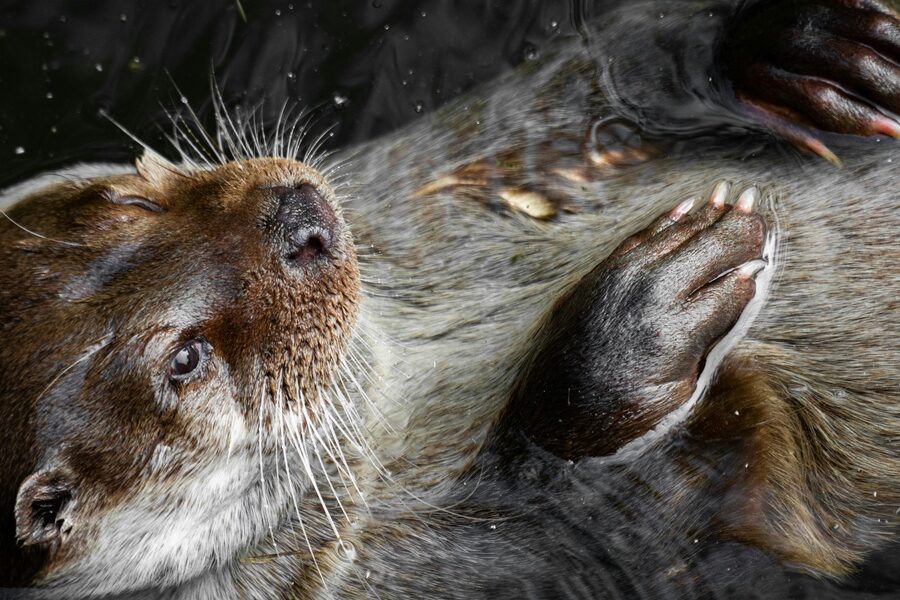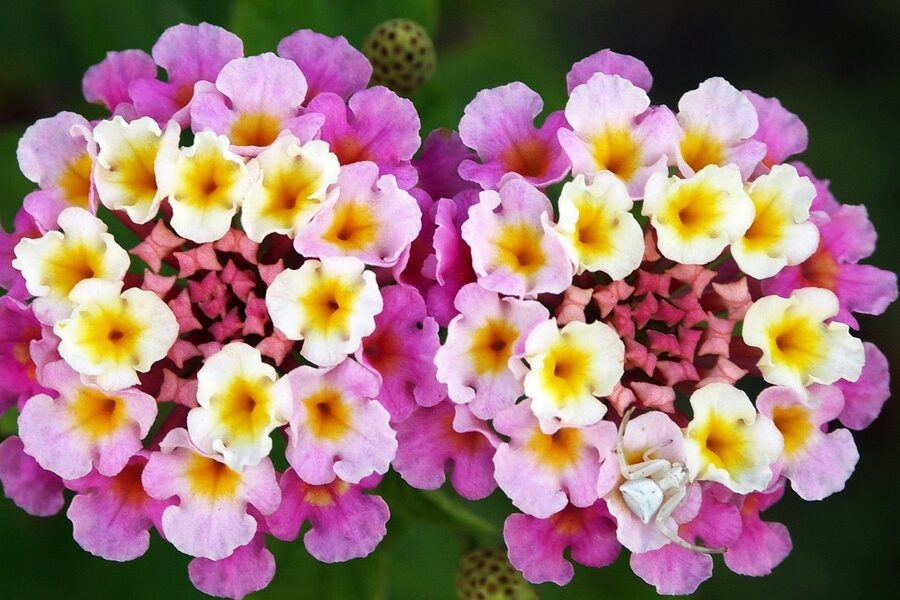Cleveland’s parks, shorelines and backyards are home to a surprising mix of non-native plants and animals that change how local ecosystems function. Many species spread quietly at first, then crowd out natives, alter habitats or clog waterways — issues that matter for recreation, wildlife and property owners.
There are 29 Invasive Species in Cleveland, ranging from Amur Honeysuckle to Zebra Mussel. This list groups each entry with Scientific name,Type,Where found (local),Impact (short) so you can scan for species in your neighborhood or on the lakefront; details and sources you’ll find below.
How do I report a sighting of an invasive species in Cleveland?
If you spot a suspected invasive, take clear photos, note the location (GPS or nearest address), and report it to Ohio Department of Natural Resources or the Cuyahoga County parks invasive species contact; many local watershed groups and iNaturalist also accept verified reports that help track spread.
What practical steps can residents take to reduce spread around homes and waterways?
Focus on preventing movement: clean gear, boats and boots; remove and properly dispose of invasive plants (don’t compost seed-bearing material); plant native alternatives; and coordinate with neighbors or local groups for removal events to reduce reinfestation.
Invasive Species in Cleveland
| Name | Scientific name | Type | Where found (local) | Impact (short) |
|---|---|---|---|---|
| Garlic Mustard | Alliaria petiolata | Plant | Cleveland Metroparks, forest edges, shady yards | Crowds out native wildflowers; disrupts soil chemistry. |
| Japanese Knotweed | Fallopia japonica | Plant | Riverbanks, roadsides, disturbed urban lots | Forms dense stands; damages foundations and pavement. |
| Amur Honeysuckle | Lonicera maackii | Plant | Forest understories, park edges, backyards | Shades out native plants; berries offer poor nutrition for birds. |
| Common Buckthorn | Rhamnus cathartica | Plant | Woodlands, old fields, fencerows | Forms dense thickets, hosts agricultural pests, laxative berries harm birds. |
| Lesser Celandine | Ficaria verna | Plant | Floodplains, moist lawns, park woodlands | Forms a dense monoculture in spring, smothering native ephemerals. |
| Tree-of-Heaven | Ailanthus altissima | Plant | Urban alleys, railroad corridors, disturbed areas | Grows aggressively, damages infrastructure, and is the preferred host for Spotted Lanternfly. |
| Callery Pear | Pyrus calleryana | Plant | Roadsides, old fields, forest edges | Forms thorny, impenetrable thickets that crowd out all other vegetation. |
| Phragmites | Phragmites australis | Plant | Lake Erie shoreline, wetlands, roadside ditches | Creates massive, dense stands that eliminate plant diversity and harm wildlife habitat. |
| Purple Loosestrife | Lythrum salicaria | Plant | Wetlands, stream banks, lake shores | Degrades wetland habitats by forming dense, single-species stands. |
| Porcelain Berry | Ampelopsis brevipedunculata | Vine | Urban parks, forest edges, fences | Smothers and kills shrubs and small trees with its dense growth. |
| Emerald Ash Borer | Agrilus planipennis | Insect | Throughout Cleveland and Cuyahoga County | Kills virtually all untreated native ash trees within a few years. |
| Spotted Lanternfly | Lycorma delicatula | Insect | Urban areas, rail yards, parks (especially near Tree-of-Heaven) | Damages trees and crops; secretes sticky “honeydew” that promotes sooty mold. |
| Spongy Moth | Lymantria dispar dispar | Insect | Oak-heavy forests in Cleveland Metroparks | Caterpillars can defoliate entire forests during outbreak years, stressing and killing trees. |
| Hemlock Woolly Adelgid | Adelges tsugae | Insect | Eastern hemlock groves (e.g., Bedford Reservation) | Kills eastern hemlock trees, a foundational species in ravine ecosystems. |
| Japanese Beetle | Popillia japonica | Insect | Gardens, parks, urban landscapes | Adults skeletonize leaves of 300+ plant species; grubs damage lawns. |
| Brown Marmorated Stink Bug | Halyomorpha halys | Insect | Homes, buildings, gardens, and agricultural areas | Major agricultural pest and a significant nuisance when it overwinters indoors. |
| Round Goby | Neogobius melanostomus | Fish | Lake Erie, Cuyahoga River, other tributaries | Outcompetes native fish for food and habitat; eats eggs of native sportfish. |
| Sea Lamprey | Petromyzon marinus | Fish | Lake Erie, tributary streams | A parasitic fish that latches onto and kills large fish like trout and salmon. |
| Zebra Mussel | Dreissena polymorpha | Mollusk | Lake Erie, lower Cuyahoga River, inland lakes | Clogs water intake pipes; sharp shells litter beaches; alters ecosystem. |
| Quagga Mussel | Dreissena rostriformis bugensis | Mollusk | Lake Erie (especially deeper waters) | Outcompetes zebra mussels; clogs infrastructure; disrupts food web. |
| Beech Leaf Disease | Litylenchus crenatae mccannii | Pathogen | Beech forests in Cleveland Metroparks | Causes leaf striping, withering, and eventual death of American beech trees. |
| Dutch Elm Disease | Ophiostoma novo-ulmi | Fungus | Throughout urban and forested areas | Fungus spread by bark beetles that killed most mature American elms. |
| Eurasian Watermilfoil | Myriophyllum spicatum | Aquatic plant | Lake Erie bays, inland ponds and lakes | Forms dense underwater mats that inhibit recreation and crowd out native plants. |
| Hydrilla | Hydrilla verticillata | Aquatic plant | Contained populations in local ponds; threat to Lake Erie | The “perfect aquatic weed,” grows rapidly, clogs waterways, and is hard to eradicate. |
| White Perch | Morone americana | Fish | Lake Erie | Competes with native yellow perch and walleye; preys on fish eggs. |
| Common Carp | Cyprinus carpio | Fish | Cuyahoga River, Lake Erie, inland ponds | Disturbs bottom sediments, increasing water turbidity and uprooting aquatic plants. |
| Norway Maple | Acer platanoides | Plant | Urban neighborhoods, forest edges | Shades out native forest floor plants and saplings with its dense canopy. |
| Japanese Stiltgrass | Microstegium vimineum | Plant | Moist, shaded forest floors and trail edges | Forms a dense carpet on the forest floor, suppressing native plants and tree seedlings. |
| Multiflora Rose | Rosa multiflora | Plant | Old fields, forest edges, roadsides | Forms impenetrable, thorny thickets that displace native vegetation. |
Images and Descriptions
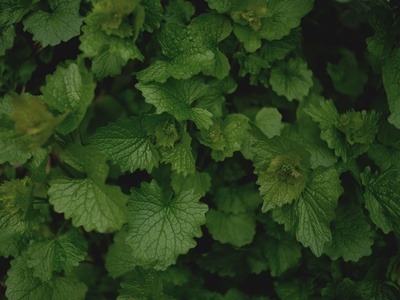
Garlic Mustard
A biennial herb with heart-shaped, toothed leaves that smell of garlic when crushed. Common in woodland understories throughout the Cuyahoga River valley. Hand-pull before it flowers in its second year to prevent seed spread.
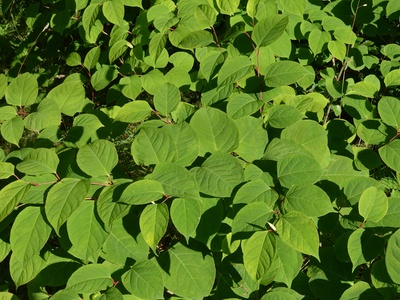
Japanese Knotweed
A bamboo-like perennial with hollow stems and large, spade-shaped leaves. Its aggressive root system makes it extremely difficult to remove. Found along the Cuyahoga River and in many vacant lots. Professional control is often necessary.
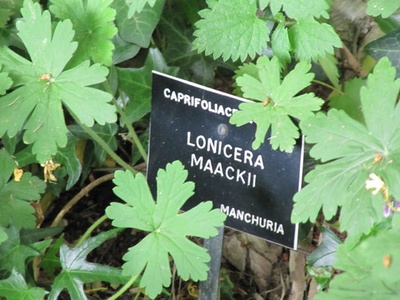
Amur Honeysuckle
A large, multi-stemmed shrub with arching branches and fragrant white-to-yellow flowers in spring. Its red berries persist into winter. Widespread in nearly all Cleveland-area parks and neighborhoods, forming dense, impenetrable thickets.
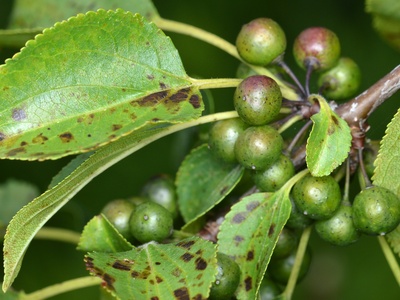
Common Buckthorn
A tall shrub or small tree with dark bark, thorny twigs, and dark, round berries. Its leaves stay green late into fall. Heavily infests the understory of local parks, preventing native tree regeneration.
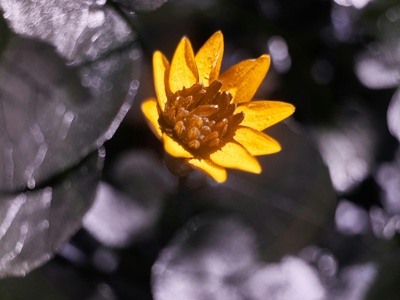
Lesser Celandine
A low-growing plant with shiny, heart-shaped leaves and bright yellow, buttercup-like flowers. It emerges early and dominates forest floors, especially in the Rocky River and Chagrin River floodplains, before going dormant by summer.
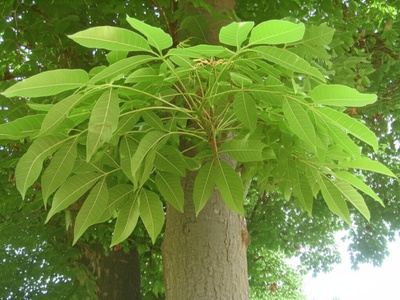
Tree-of-Heaven
A fast-growing tree with smooth, pale gray bark and large, compound leaves that have a distinct “burnt peanut butter” smell when crushed. Thrives in harsh urban conditions and is a top priority for removal to manage lanternflies.
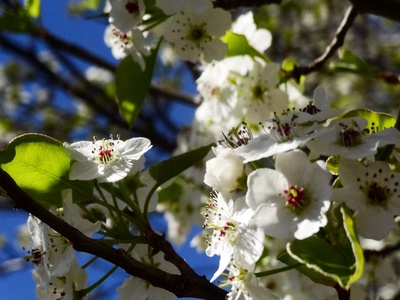
Callery Pear
Often sold as ‘Bradford’ pear, this ornamental tree has escaped cultivation. Look for white spring flowers, weak branch structure, and its tendency to form dense, thorny stands in sunny areas throughout Cuyahoga County.
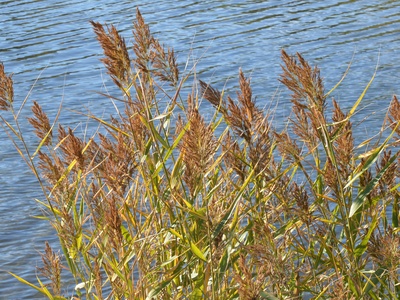
Phragmites
A very tall grass (up to 15 feet) with feathery seed plumes. It dominates coastal marshes along Cleveland’s lakefront and inland wetlands, pushing out native cattails and other beneficial plants.
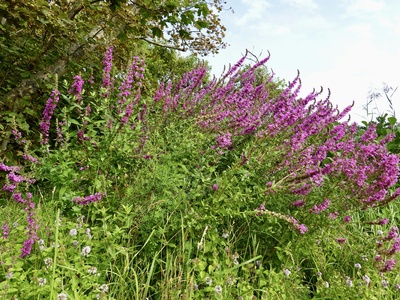
Purple Loosestrife
A wetland perennial with a square stem and showy spikes of purple-magenta flowers in mid-to-late summer. While biological controls have reduced its impact, it can still be found in marshes along Lake Erie and the Cuyahoga River.
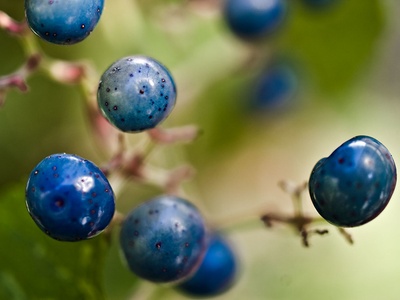
Porcelain Berry
A fast-growing woody vine with leaves resembling a grape plant. Its most distinctive feature is its clusters of berries that turn from pale lilac to bright turquoise blue in the fall. It is becoming more common in urban green spaces.
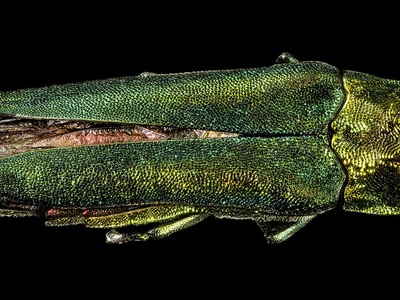
Emerald Ash Borer
A small, metallic green beetle whose larvae tunnel under the bark of ash trees, cutting off nutrient flow. Evidence includes D-shaped exit holes, bark splitting, and canopy dieback. Has caused widespread ash tree mortality across the region.
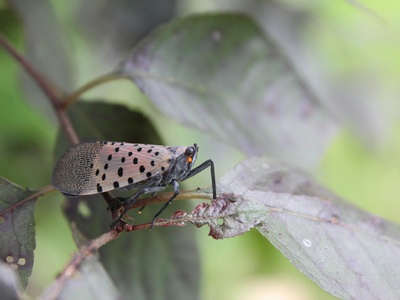
Spotted Lanternfly
A large, distinctive planthopper with black-spotted forewings and bright red hindwings. First found in Cleveland in 2020, it feeds on many plants but prefers Tree-of-Heaven. If you see it, stomp it and report it to the ODA.
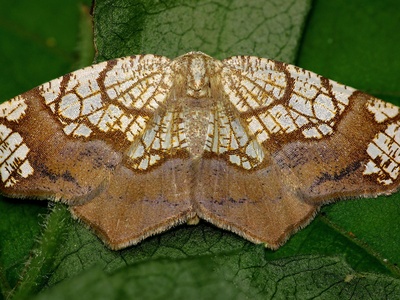
Spongy Moth
Formerly called the gypsy moth, its fuzzy, blue-and-red-dotted caterpillars are voracious eaters, preferring oak trees. Look for tan, fuzzy egg masses on tree bark in winter. Populations are cyclical, with periodic major outbreaks.
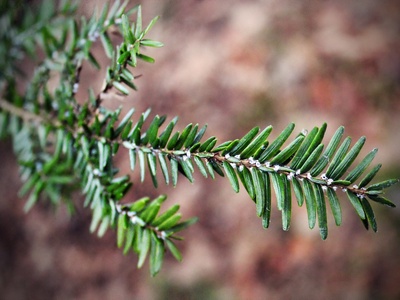
Hemlock Woolly Adelgid
A tiny, aphid-like insect that appears as white, cottony sacs on the underside of hemlock needles. It sucks sap from the trees, causing needle loss and eventual death. Cleveland Metroparks is actively managing this pest.
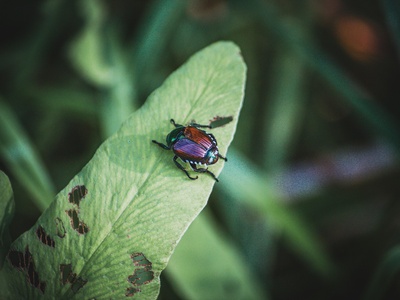
Japanese Beetle
A familiar pest with a metallic green head and copper-colored wing covers. They emerge in summer and feed in groups on leaves and flowers, especially roses and fruit trees. Grubs feed on turf roots, causing brown patches in lawns.
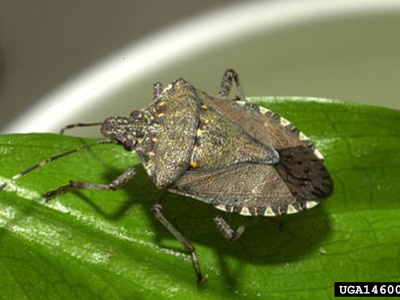
Brown Marmorated Stink Bug
A shield-shaped insect with a mottled, brownish-gray appearance. It feeds on fruits and vegetables, causing significant crop damage. In fall, large numbers congregate on the sides of buildings, seeking entry to survive the winter.
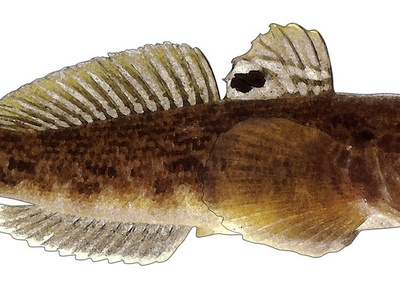
Round Goby
A small, bottom-dwelling fish with a large head and mottled brown body. A single, fused pelvic fin on its belly is a key ID feature. It is incredibly abundant in the rocky areas of Lake Erie’s nearshore waters and local rivers.
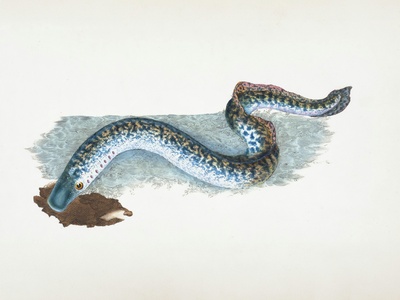
Sea Lamprey
An eel-like, jawless fish with a circular, suction-cup mouth filled with sharp teeth. While native to the Atlantic, it is invasive to the Great Lakes. A robust control program keeps its populations in check in Lake Erie.
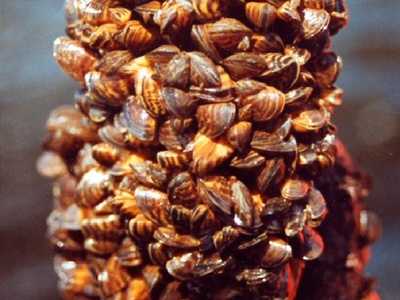
Zebra Mussel
A small, fingernail-sized mollusk with alternating dark and light stripes. They attach to hard surfaces in dense clusters. Their filter-feeding dramatically increased water clarity in Lake Erie, changing the entire food web.
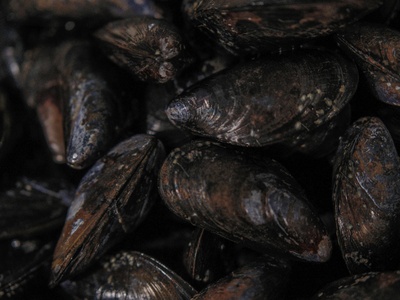
Quagga Mussel
Similar to the zebra mussel but has a rounded shell that allows it to topple over when placed on a flat surface. It has largely replaced the zebra mussel in Lake Erie, as it can colonize both hard and soft surfaces and live in deeper water.

Beech Leaf Disease
A disease associated with a microscopic nematode. Look for dark green, striped bands between the veins of beech leaves, which become leathery and shrunken. The disease is widespread and causing rapid decline of beech trees across Northeast Ohio.
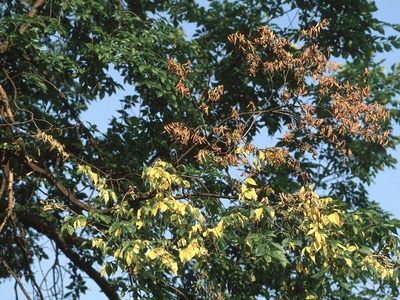
Dutch Elm Disease
This disease devastated the iconic American elm trees that once lined Cleveland’s streets. Symptoms include sudden yellowing and wilting of leaves on one or more branches (“flagging”). While most large elms are gone, new resistant varieties exist.
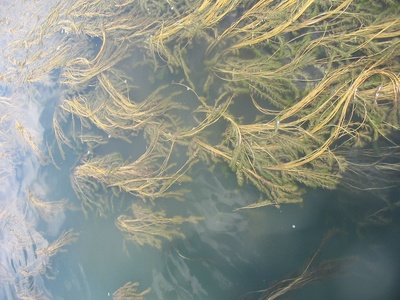
Eurasian Watermilfoil
A submerged aquatic plant with feathery, whorled leaves. It can spread from tiny fragments, often transported on boats and trailers. It creates dense canopies on the water’s surface, shading out native vegetation below.
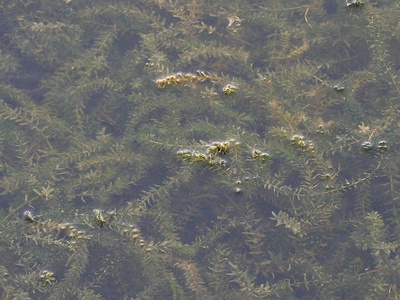
Hydrilla
A submerged plant that can be identified by its whorls of five small, serrated leaves along the stem. It can grow in low light and spreads aggressively. The ODNR is actively managing known populations to prevent its spread into Lake Erie.
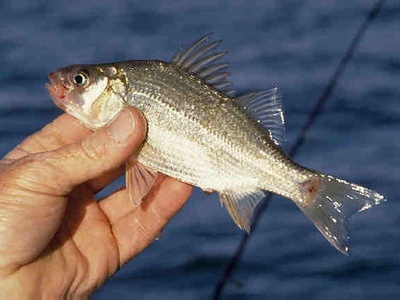
White Perch
A small, silvery fish that is a member of the temperate bass family. It is not a true perch. It is an aggressive species that has become very abundant in Lake Erie, impacting the populations of more desirable native sportfish.
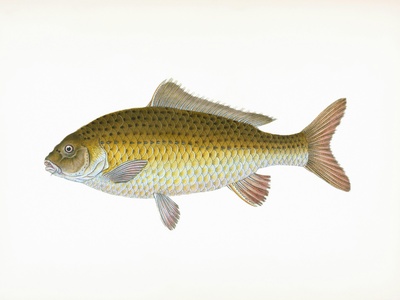
Common Carp
A large, hardy fish introduced from Eurasia. Its feeding behavior of rooting in the mud degrades water quality and destroys habitat for waterfowl and native fish. They are common in the slower-moving sections of the Cuyahoga River.
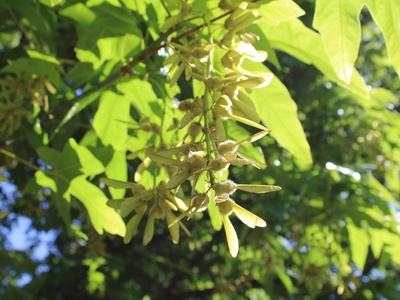
Norway Maple
A common street tree that escapes into natural areas. Identify it by its broad, sharp-pointed leaves that exude a milky white sap from the stalk when broken. Its dense shade prevents the growth of native maple seedlings and wildflowers.
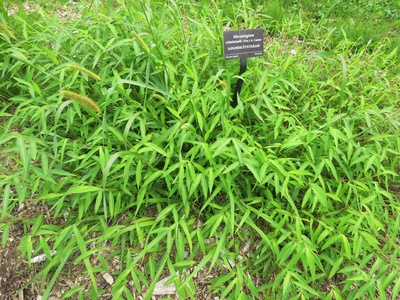
Japanese Stiltgrass
A delicate, sprawling annual grass with a distinctive silvery stripe down the center of its pale green leaves. It thrives in disturbed, shady areas and is rapidly spreading through the floodplains and forests of the Metroparks.
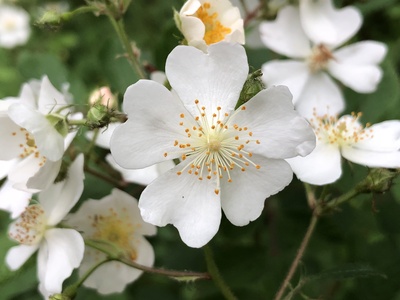
Multiflora Rose
A vigorous, sprawling shrub with arching, thorny stems. It has clusters of small, white flowers in early summer followed by small, hard red hips. It can climb into trees and create a “wall of thorns” in sunny, disturbed areas.
